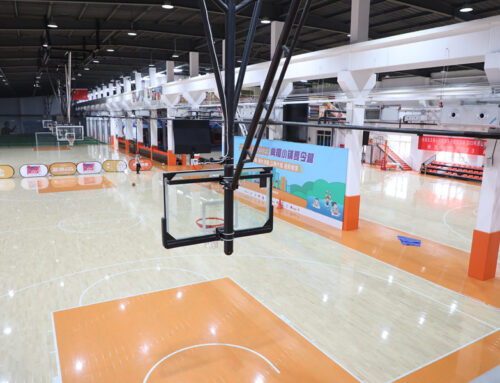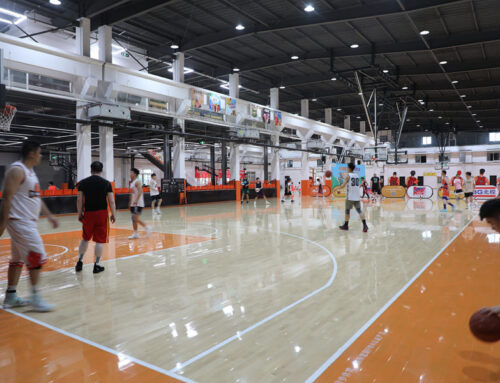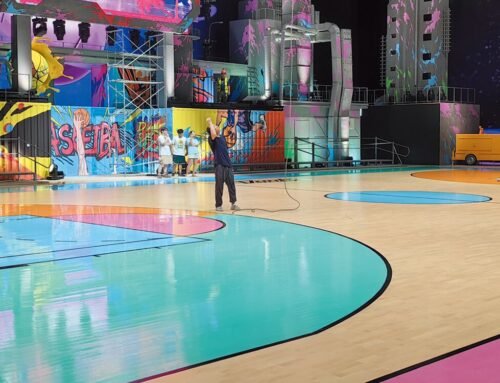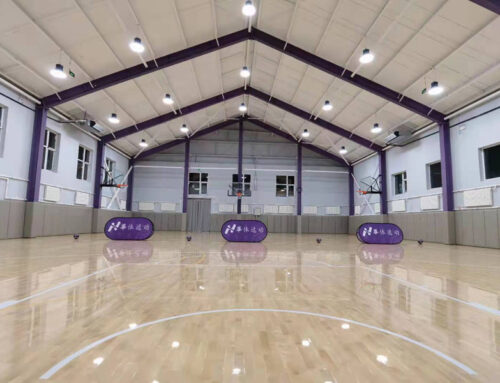Okay, so I’ve been meaning to redo the flooring in my home gym for ages. It’s been this sad, cracked concrete, and honestly, it was killing my vibe (and probably my joints). I finally decided to go all-in and get that proper athletic flooring – you know, the kind you see in volleyball courts. I went with a keel volleyball birch wooden flooring, and let me tell you, the whole process was quite the adventure!
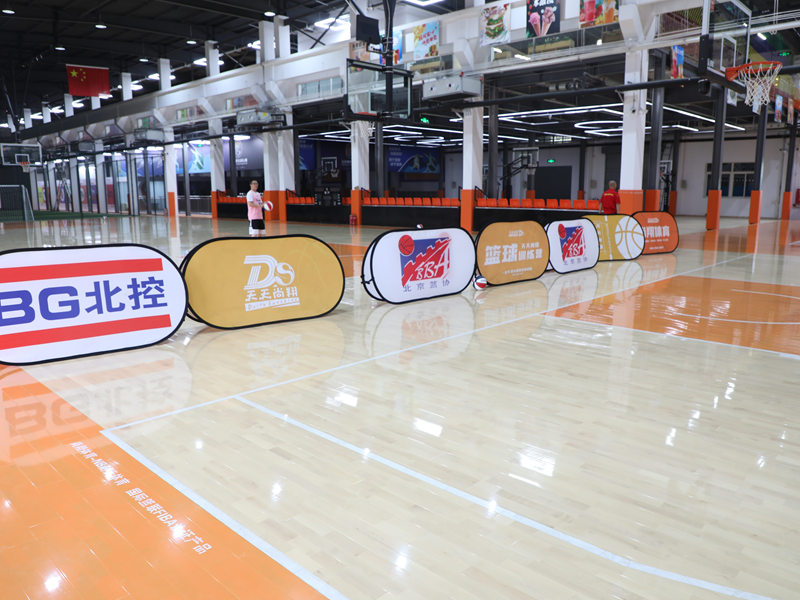
The Prep Work (aka the Not-So-Fun Part)
First things first, I cleared out the entire room. This was a workout in itself! Moving all that weight equipment, the treadmill, everything… I was already sweating before the real work even began.
Next, I had to deal with that old concrete floor. I rented a concrete grinder to smooth out any major bumps and imperfections. Let me tell you, that thing was loud and dusty! I definitely recommend wearing a good mask and ear protection if you ever tackle this yourself. I feel the vibration now.
- Clear the space: This seems obvious, but it’s crucial. You need a completely empty room to work with.
- Inspect and prep the subfloor: Whether it’s concrete or plywood, make sure it’s level, clean, and free of any major damage.
- Gather your tools: You’ll need things like a measuring tape, saw, level, hammer, and possibly that concrete grinder I mentioned.
Laying Down the Keel System
This was the cool part. The keel system is basically a framework of interlocking pieces that creates a supportive, springy base for the wooden flooring. It’s what gives the floor that nice bounce.
I followed the manufacturer’s instructions (very important!) and started assembling the keel pieces. It was kind of like putting together a giant puzzle. They clicked together pretty easily, and I used a rubber mallet to make sure everything was snug.
I made sure to leave a small gap around the perimeter of the room to allow for expansion and contraction of the wood. This is super important, or else you could end up with buckling later on.
Installing the Birch Flooring
Now for the pretty part! The birch planks were gorgeous – that light, natural wood color really brightened up the space. I started laying them down, one by one, interlocking the tongue-and-groove edges. It satisfying!
I used a tapping block and a hammer to gently tap the planks together, making sure there were no gaps. For the edges, I had to use a pull bar to get them tight against the wall.
- Acclimate the wood: Let the wood planks sit in the room for a few days before installing them. This helps them adjust to the humidity and temperature.
- Stagger the seams: Don’t line up the ends of the planks in each row. It looks better and makes the floor stronger.
The Finishing Touches
Once all the planks were down, I installed baseboards around the perimeter of the room to cover up that expansion gap. I chose a simple white trim that matched the walls.
I applied several coats of polyurethane sealant. And I must say it become more durable, and easy to clean.
And that’s it! My home gym is completely transformed. It feels like a real athletic space now, and the floor is so much easier on my joints. It was a lot of work, but totally worth it. Plus, I learned a ton along the way. If you’re thinking about doing something similar, I say go for it! Just be prepared to put in some sweat equity.

